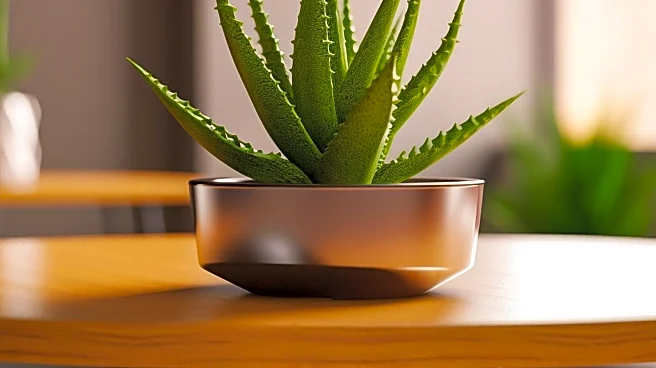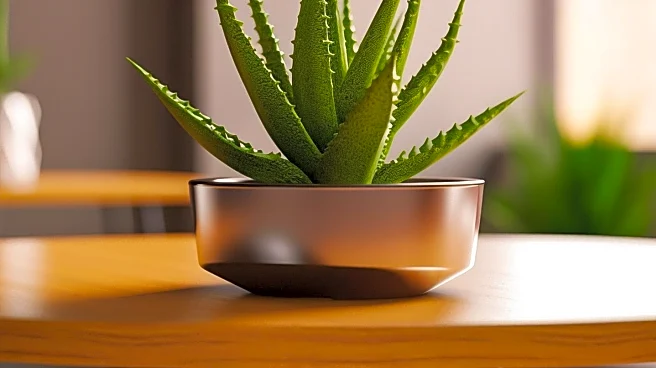What's Happening?
A study from Stanford University explores the impact of indoor plants on well-being, revealing that too much greenery can increase stress levels. Researchers developed the Nature View Potential tool to measure
the amount of greenery visible in a room and conducted experiments with 412 volunteers in digital conference rooms with varying amounts of indoor plants. The study found that the optimal amount of indoor greenery is about 20%, which provides the biggest boost in perceived restoration and sense of belonging.
Why It's Important?
The findings highlight the importance of balancing indoor greenery to maximize its benefits on mental health and well-being. By understanding the optimal amount of plants, designers can create environments that enhance productivity, reduce stress, and improve overall health outcomes. The study underscores the role of nature in promoting well-being and the need for thoughtful integration of greenery in various settings.
What's Next?
Researchers hope that the Nature View Potential tool can help designers fine-tune indoor greenery to achieve the ideal balance of comfort and calm in different environments. The study suggests that incorporating plants into daily life can lift spirits and create a positive atmosphere, whether in offices, classrooms, hospitals, or assisted living facilities.
Beyond the Headlines
The study raises questions about the psychological impact of nature and its role in promoting mental health. By fostering a connection to nature, individuals can experience greater well-being and resilience in the face of stress.












